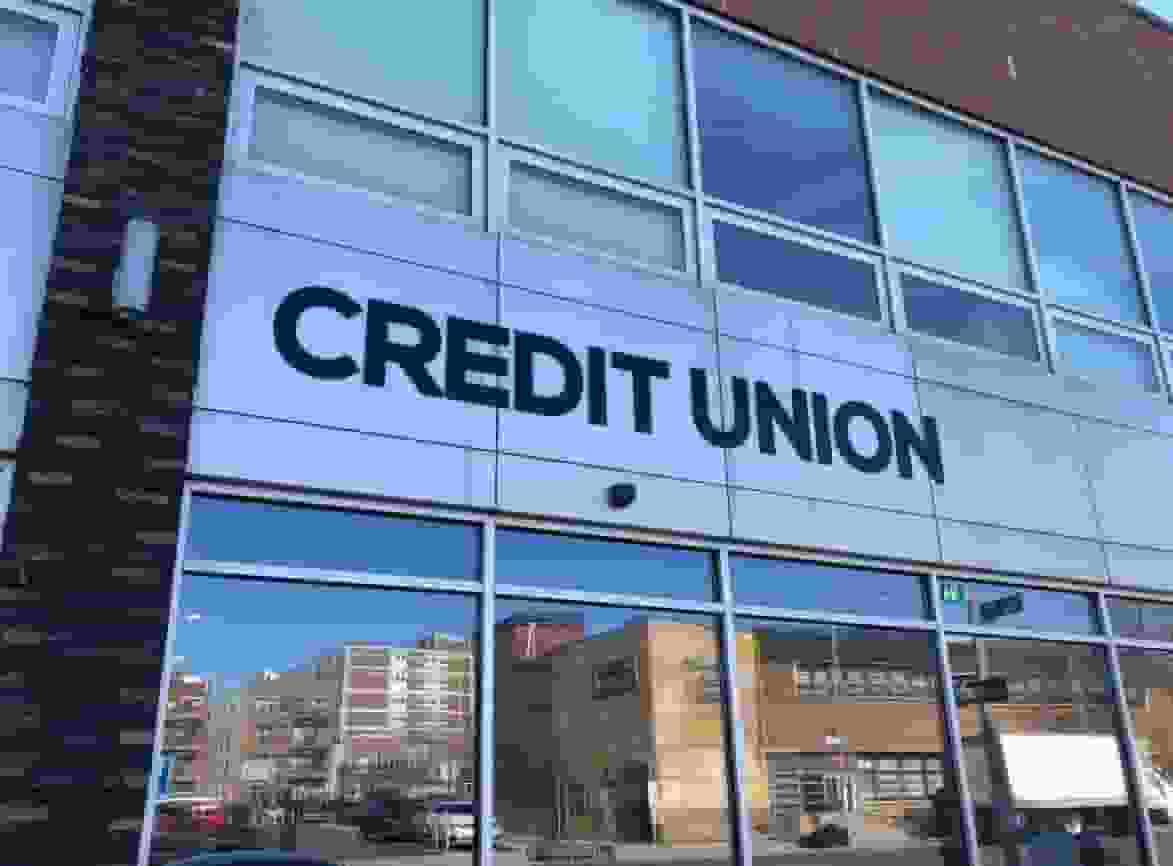
Many bank clients feared the quick collapse of Silicon Valley Bank (SVB) would disrupt the system.
Companies, charities, and high-net-worth individuals with bigger deposits may not be insured, which is unsettling.
How Safe Is Your Money In Credit Union?
In many ways, credit unions and banks are comparable. Both financial institutions provide loans, savings accounts, checking accounts, and other goods.
The main distinction is that credit unions are nonprofit organizations. These are cooperatives owned by their members and frequently serve niche markets, such as an industry or geographic area.
Credit union deposits are covered by the National Credit Union Administration for your financial security (NCUA).
Similar to FDIC insurance, the National Credit Union Share Insurance Fund (NCUSIF) covers money up to $250,000 per shareowner, per insured credit union, for each account ownership type. Your money is maintained in one of several ownership categories, such as a single account or a joint account.
Currently, a significant difference between banks and credit unions is the extent to which deposits are insured.
More than 91% of credit union deposits are insured, according to the Credit Union National Association. S&P Global’s study, however, places the percentage of uninsured bank deposits at over 46%. More than 90% of SVB deposits lacked insurance.
Read more: Fed officials are trying to raise rates further; a bank’s stress could affect the viewpoint
Credit Unions Should Recognize Their Flaws

A recent complaint from a credit union executive said that their market was unaware that credit unions could perform all of the services offered by national banks.
This is now referred to as The Blemishing Effect by behavioral economists. This impact may be a potent instrument for raising the perceived worth and appeal of a good or service.
When a little unfavorable component is offered alongside positive information, consumers tend to react more strongly to the positive information.
Several studies have shown that consumers are more likely to choose goods, services, and businesses over those with solely positive ratings if there are a few minor complaints about them.
Here are some pointers for using:
- Start with the positive attributes: It’s critical to make the advantages clear and noticeable, highlighting characteristics and advantages.
- Choose a tiny impediment or restriction that does not significantly affect your total functioning or worth.
- Presenting both the good and bad aspects of a product can help to generate a balanced perception in which the negative component is viewed as a small flaw in an otherwise desirable alternative.
- See the bad aspect as a benefit: It’s critical to consider the negative component from the perspective of a benefit or advantage.
- Be truthful and open-minded: Be specific about the product’s advantages as well as any minor drawbacks. Avoid attempting to minimize or hide the bad component because doing so could reduce the strategy’s efficacy and tarnish the reputation of your brand.
- Test and improve: In order to ascertain whether the messaging is effective, it is crucial to test and improve it. Try out various approaches to presenting the positive and negative features, then monitor the outcomes to see which ones are most effective for your intended audience.
Read more: ValueAct Challenge Marketing plan emphasizes a spin-off of 7-Eleven based on the number “7”

